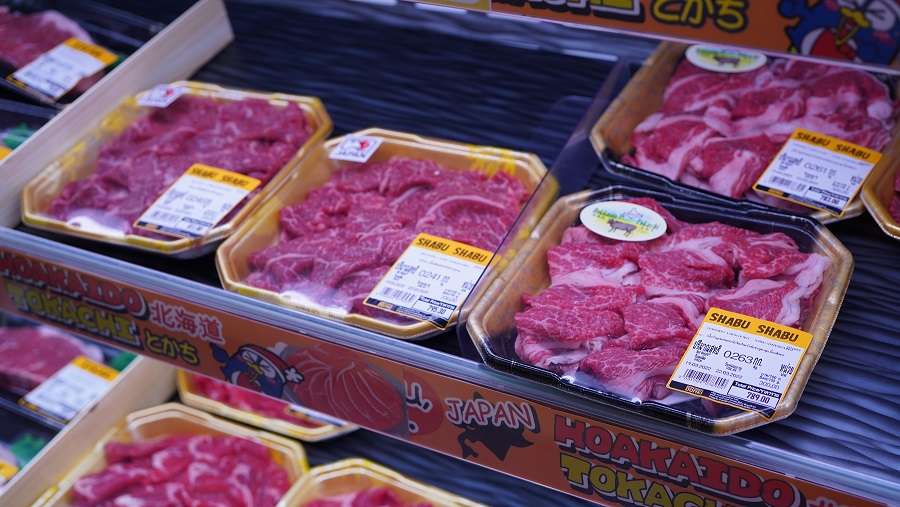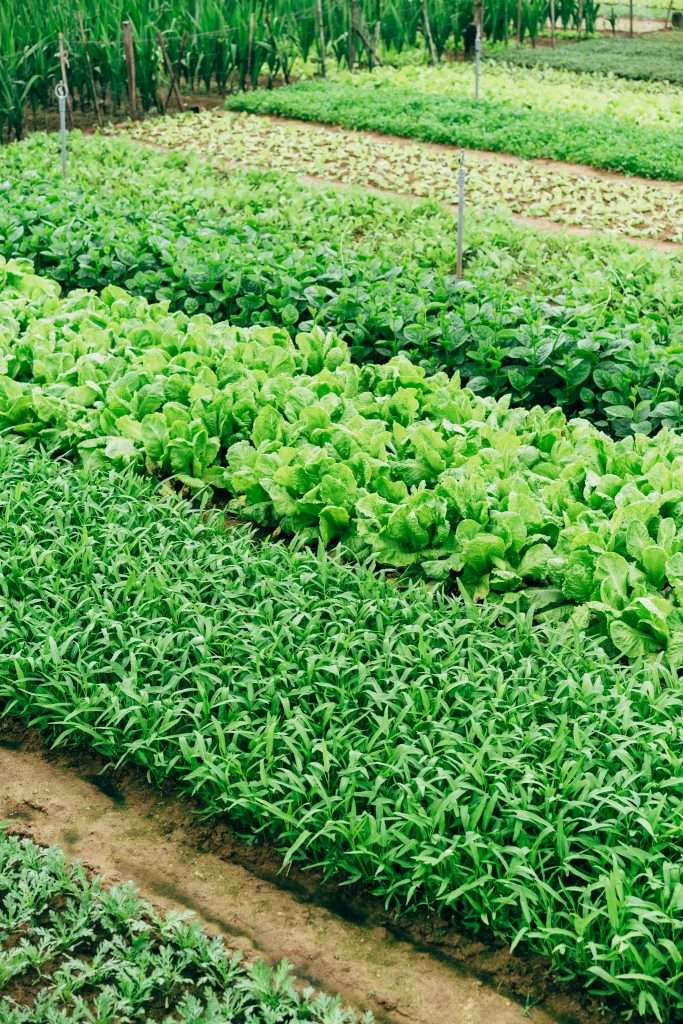Food inspection is the process of examining food products to ensure that they meet certain safety, quality, and labeling standards. The purpose of food inspection is to protect public health by preventing the spread of foodborne illnesses and ensuring that food products are safe for consumption.
Food inspection can occur at various points in the food supply chain, from the production and processing of raw ingredients to the final packaging and distribution of finished products.
During food inspection, our trained inspectors can perform a range of activities, including:
Visual Inspection: This involves examining food products for signs of contamination, such as mold or discoloration.
Sampling: Inspectors may take samples of food products for laboratory testing to check for the presence of harmful bacteria, viruses, or other contaminants.
Label Review: Inspectors may review food labels to ensure that they are accurate and comply with regulatory requirements.
Facility inspection: Inspectors may visit food production facilities to review hygiene and sanitation practices, as well as to ensure that equipment is properly maintained and cleaned.
Inspection results may be used to enforce food safety regulations, such as the Food Safety Modernization Act (FSMA) in the United States, and to inform consumers about the safety and quality of the products they purchase.

TYPES OF INSPECTIONS:
There are several different types of inspections that may be conducted, depending on the type of food product and the stage of production.
For example, inspections may focus on fresh produce, processed foods, or meat and poultry products, and may occur at the farm, processing plant, or retail store.
Risk-based approach: In many countries, including the United States, food inspection is conducted using a risk-based approach, which means that inspections are prioritized based on the potential risk to public health. For example, high-risk foods, such as raw meat and seafood, may be inspected more frequently than low-risk foods, such as baked goods.
Regulatory compliance: Food inspection is often used to ensure compliance with regulatory requirements, such as food safety regulations, labeling requirements, and environmental regulations. Inspectors may have the authority to issue fines, citations, or other penalties for non-compliance.
Emerging technologies: In recent years, new technologies have emerged that may help to improve the effectiveness and efficiency of food inspection. For example, some companies are developing sensors that can detect contaminants in food products, while others are exploring the use of machine learning algorithms to analyze large amounts of data from food production facilities.

Visual Inspection: This involves examining packaging materials for signs of damage or contamination, such as tears, holes, or discoloration.
Facility Inspection: Inspectors wil visit packaging facilities to review hygiene and sanitation practices, as well as to ensure that equipment is properly maintained and cleaned.
Agriculture inspection refers to the process of examining and evaluating agricultural products to ensure compliance with relevant regulatory requirements and to prevent the spread of pests and diseases that can impact plant and animal health.
Agriculture inspection activities may occur at various stages of the agricultural production process, including import/export, transport, and distribution.
The goal of agriculture inspection is to protect plant and animal health, prevent the introduction and spread of invasive species, and ensure the safety and quality of agricultural products for human consumption.
During agriculture inspection, trained inspectors may perform a range of activities, including:
Visual inspection: This involves examining agricultural products for signs of damage, pests, or disease.
Sampling: Inspectors may take samples of agricultural products for laboratory testing to detect the presence of harmful contaminants or pathogens.
Quarantine measures: In cases where pests or diseases are detected, inspectors may quarantine affected areas or products to prevent the spread of the pest or disease.
Record-keeping: Inspectors may keep detailed records of inspection activities and results to facilitate traceability and regulatory compliance.
QIV Global provide customized food quality and safety services as per customer’s required process and procedure along with international standards.

Our Inspections services enables as a checkpoint of quality management process to ensure safety of food products from sourcing. Our expert will provide you support and advise after a thorough assessment of whole supply chain process and monitor the remedial actions. Our inspections are conducted based on the customer’s or international standards.
AGRICULTURE PRODUCTS INSPECTION
Our Agriculture inspection products are included a wide range of agricultural commodities such as fresh fruits and vegetables, processed foods, grains, livestock, and plant materials.
FRUITS AND VEGETABLES INSPECTION
For fresh fruits and vegetables, inspectors will examine the products for signs of damage, pests, or disease. They may also take samples for laboratory testing to detect the presence of harmful contaminants or pathogens. In some cases, inspectors may also test for residue of pesticides or other chemicals used in the production of the agricultural product.
PROCESSED FOODS INSPECTION
For processed foods, inspectors will review the ingredient list and labeling to ensure compliance with regulatory requirements. They may also examine the manufacturing facility and production processes to ensure compliance with food safety regulations. Our services are included protein analysis & quantifications and protein structure characterization and confirmation.
GRAINS INSPECTION
For grains, inspectors will examine the products for signs of contamination or adulteration, and test for the presence of mycotoxins, which are toxic compounds produced by certain types of fungi that can grow on grains.
LIVESTOCK INSPECTION
For livestock, inspectors may examine the animals for signs of disease or injury, and review documentation related to animal health and welfare.
PLANT MATERIALS INSPECTION
For plant materials, inspectors may examine the products for signs of pests or disease, and may also test for the presence of genetically modified organisms (GMOs) or other regulated materials.
+44 20 8089 2513 (UK)
+86 135 00012475 (China)
info@qivglobal.com
Shelton Street 71- 75 , Covent Garden, London, United Kingdom
Year 2020
in 33+ Countries and Regions

QIV GLOBAL LIMITED is UK based Inspection, Testing and Certification Company.